Technique key to store genes from elite and/or selectively bred individuals
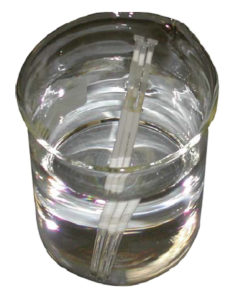
The use of cryopreserved gametes in aquaculture enterprises is growing. In addition to offering an off-site means of storing rare or important genetic material, there are a number of important applications of cryopreserved germplasm.
With cryopreservation, the genes from elite and/or selectively bred individuals can be stored well beyond the lifetime of the donor. Crosses can be made between fish that may not reproduce at the same time of year. Once frozen, the semen can be transported great distances with limited loss of fertilization success.
USDA/ARS rainbow trout project
Within the United States Department of Agriculture Agricultural Research Service (ARS), the National Center for Cool and Cold Water Aquaculture (NCCCWA) and National Animal Germplasm Program (NAGP) are cooperating to cryopreserve semen from rainbow trout to insure that genetic diversity from multiple populations and the genetic legacy of selectively bred populations are protected. Currently 5,334 semen samples from 148 male rainbow trout representing four populations are being stored in liquid nitrogen. From the NCCCWA in the state of West Virginia, USA, freshly collected semen is shipped to NAGP in Colorado, where it is cryopreserved.
The fertility level obtained from semen frozen 20 to 40 hours after collection is less than optimal. The success rate in fertilizing eggs and generating fish from cryopreserved sperm is approximately 15 percent, with a range of 5 to 50 percent for individual males.
Around the world, reports of fertilization success using cryopreserved semen range higher than 80 percent in some studies, but 40 to 50 percent is more typical. One reason for the discrepancy between the ARS results and those reported elsewhere is that in other studies, fertilization is generally measured for semen that is frozen quickly after collection, whereas our samples are shipped fresh to the freezing facility.
Increasing fertility levels
In an attempt to increase the fertility levels of the semen shipped before freezing, the authors are currently exploring ways to predict the postthaw quality of the cryopreserved semen samples. Preliminary studies have shown that both higher intracellular calcium levels in sperm (Fig. 1) and sperm with lower levels of cell death are correlated with improved fertilization and may be useful for predicting the fertilization rates of samples.
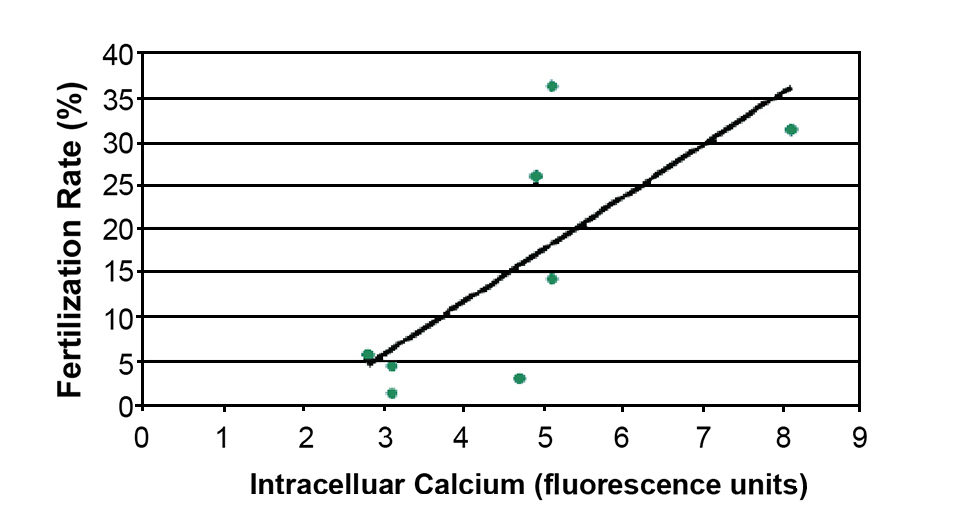
Perspectives
Around the world, many aquaculture programs with an interest in cryopreserving semen have developed facilities and expertise in cryopreservation. The ARS program aims to help develop a paradigm similar to existing livestock programs, where samples are shipped to centers from around the country for cryopreservation and storage, and then shipped out to end users. Improvements in cryopreservation technology along with advances in the utilization of cryopreserved materials are progressing steadily.
As is well documented in terrestrial animals and as competition continues to increase in aquaculture, utilization of cryopreservation technologies will provide users with a competitive advantage in altering their population’s genetic merits and thereby increasing their profitability.
(Editor’s Note: This article was originally published in the March/April 2007 print edition of the Global Aquaculture Advocate.)
Now that you've reached the end of the article ...
… please consider supporting GSA’s mission to advance responsible seafood practices through education, advocacy and third-party assurances. The Advocate aims to document the evolution of responsible seafood practices and share the expansive knowledge of our vast network of contributors.
By becoming a Global Seafood Alliance member, you’re ensuring that all of the pre-competitive work we do through member benefits, resources and events can continue. Individual membership costs just $50 a year.
Not a GSA member? Join us.
Authors
-
Jeffrey T. Silverstein, Ph.D.
USDA/ARS National Center for Cool and Cold Water Aquaculture
11861 Leetown Road
Kearneysville, West Virginia 25430 USA -
Phillip H. Purdy, Ph.D.
ARS National Animal Germplasm Program
Fort Collins, Colorado, USA -
Harvey D. Blackburn, Ph.D.
ARS National Animal Germplasm Program
Fort Collins, Colorado, USA
Tagged With
Related Posts
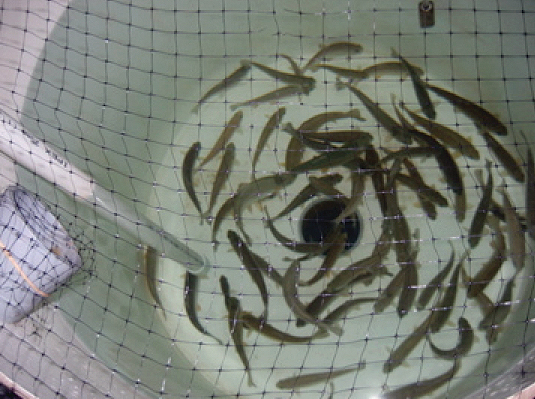
Health & Welfare
Algae shows promise as alternative DHA source in rainbow trout diets
A growth trial in Canada evaluated the use of algae biomass to increase the concentration of long-chain polyunsaturated fatty acids in the tissues of rainbow trout.
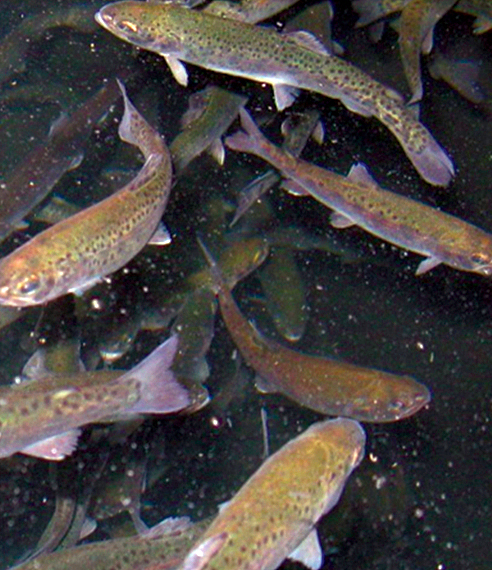
Aquafeeds
Alternative lipids spare fish oil in rainbow trout feeds
Alternative lipids have achieved varied success in ensuring adequate growth and fatty acid composition in fillets. The authors evaluated rainbow trout raised on diets containing fish oil or a blend of fish and standard or modified lipids varying in fatty acid composition.
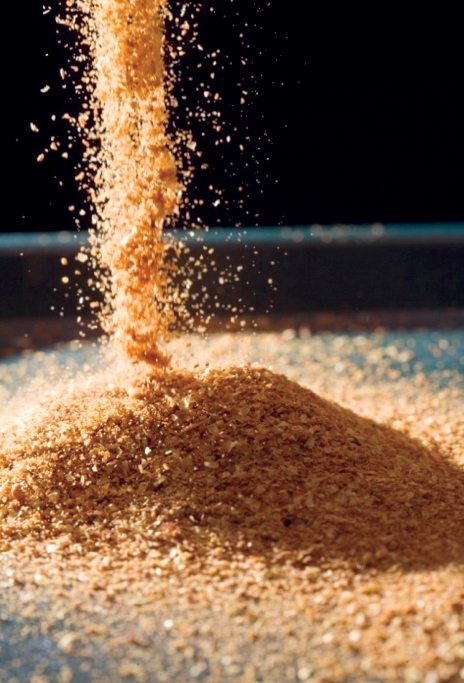
Aquafeeds
A look at corn distillers dried grains with solubles
Corn distillers dried grains with solubles are an economical source of energy, protein and digestible phosphorus to reduce feed costs and fishmeal usage.
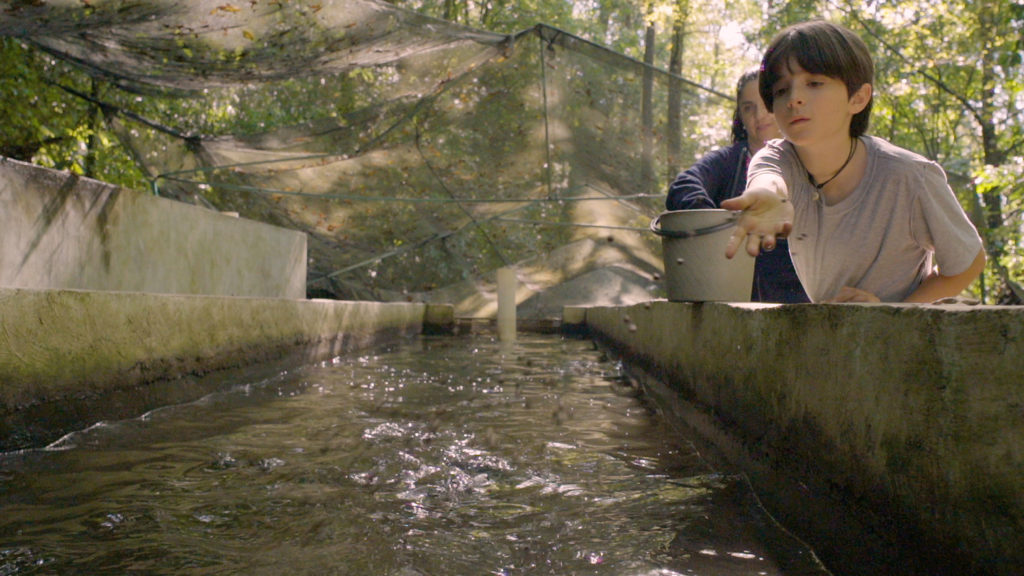
Intelligence
A motive, and a market, for farmed fish in Mexico
Boasting ample areas for aquaculture and a robust domestic demand for seafood – not to mention its close proximity to the U.S. market – a land of opportunity lies in Mexico. Fish farming is primed to meet its potential south of the border.


